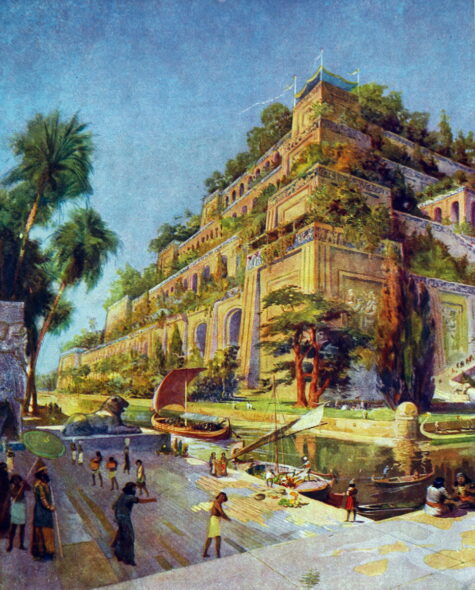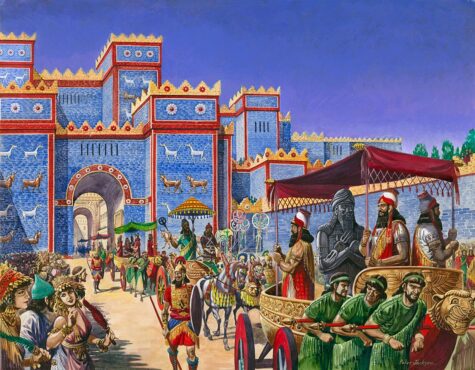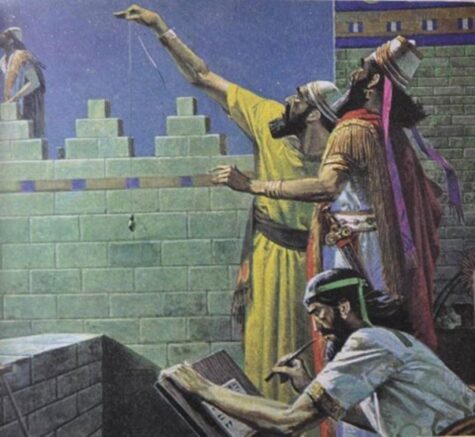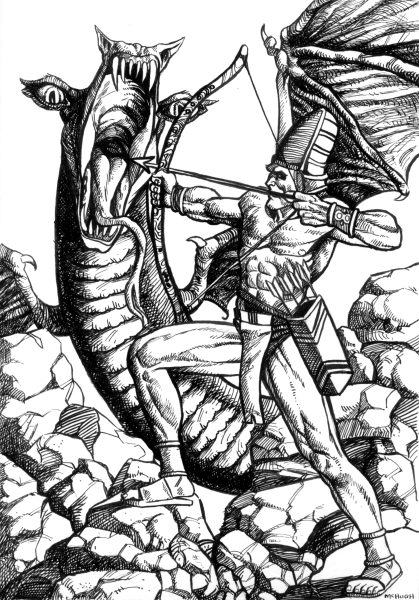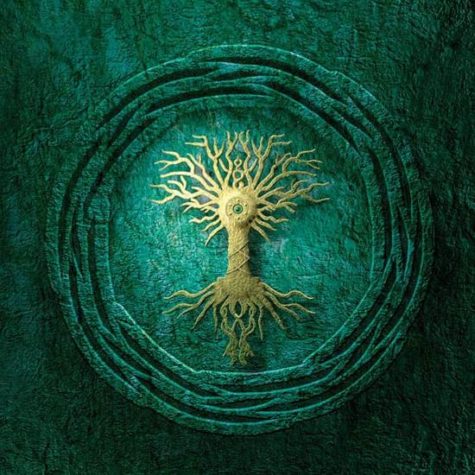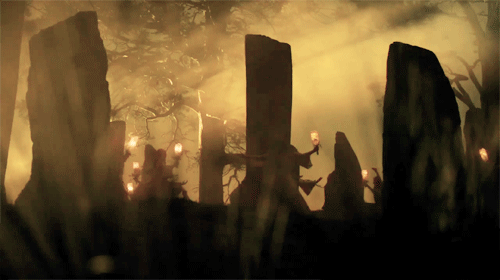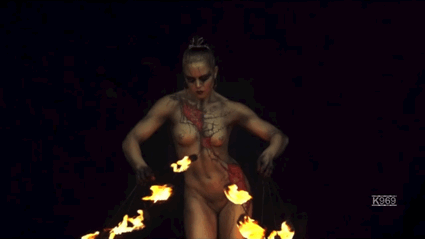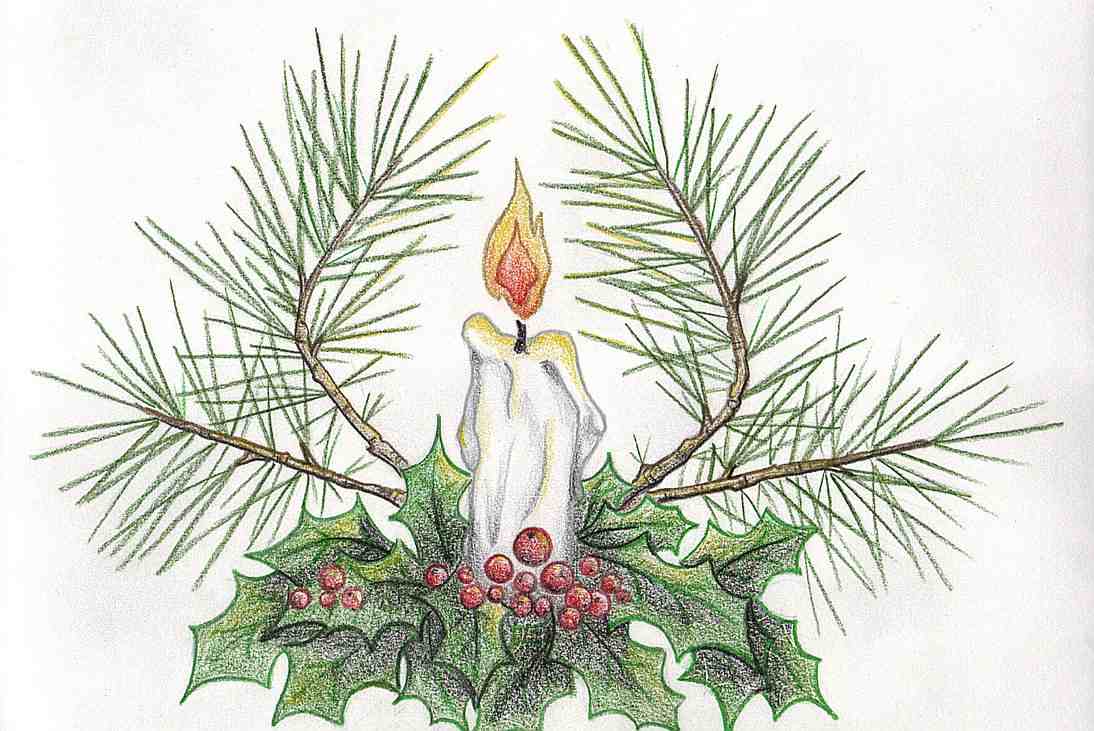Babylonian Festivals
The Babylonian calendar was a lunisolar calendar with years consisting of 12 lunar months, each beginning when a new crescent moon was first sighted low on the western horizon at sunset, plus an intercalary month inserted as needed by decree.
The year begins in spring, and is divided into reš šatti “beginning”, mišil šatti “middle”, and qīt šatti “end of the year”. The word for “month” was arḫu. The chief deity of the Assyrians is assigned the surplus intercalary month, showing that the calendar originates in Babylonian, and not later Assyrian times.
During the 6th century BC Babylonian captivity of the Hebrews, the Babylonian month names were adopted into the Hebrew calendar. In Iraq and the Levant, the Gregorian solar calendar is used with Arabic names of the Roman months replacing the Latin names.
The Days of the Month
Counting from the new moon, the Babylonians celebrated every seventh day as a “holy-day”, also called an “evil-day” (meaning “unsuitable” for prohibited activities). On these days officials were prohibited from various activities and common men were forbidden to “make a wish”, and the 28th was known as a “rest-day”.
On these days, offerings were made to a different god and goddess at nightfall to avoid the prohibitions:
- 7th – Marduk and Ishtar
- 14th – Ninlil and Nergal
- 21st – Sin and Shamash
- 28th – Enki and Mah
Tablets from the sixth-century BC reigns of Cyrus the Great and Cambyses II indicate these dates were sometimes approximate. The lunation of 29 or 30 days basically contained three seven-day weeks, and a final week of eight or nine days inclusive, breaking the continuous seven-day cycle.
The Monthly Calendar
Until the 5th century BC, the calendar was fully observational, but beginning about 499 BC the months began to be regulated by a lunisolar cycle of 19 years equaling 235 months. After no more than three isolated exceptions, by 380 BC the months of the calendar were regulated by the cycle without exception. In the cycle of 19 years, the month Adaru 2 was intercalated, except in the year that was number 17 in the cycle, when the month Ulūlu 2 was inserted.
Season – Reš Šatti – Spring – The Beginning – 𒊕𒈬
During this period, the first day of each month (beginning at sunset) is the day when a new crescent moon was first sighted—the calendar never used a specified number of days in any month.
1st Month –Araḫ Nisānu
- Known as: Month of beginning
- Symbol: 𒌚𒁈
- Presiding Deity: Bel
- Zodiac Sign: Agru (Aries)
- Current Equivalent: March/April
2nd Month – Araḫ Āru
- Known as: Month of the Blossoming
- Symbol: 𒌚𒄞
- Presiding Deity: Ea
- Zodiac Sign: Gu (Taurus)
- Current Equivalent: April/May
3rd Month – Araḫ Simanu
- Symbol: 𒌚𒋞
- Presiding Deity: Sin
- Zodiac Sign: Maštaba (Gemini)
- Current Equivalent: May/June
4th Month – Araḫ Dumuzu
- Known as: Month of Tammuz
- Symbol: 𒌚𒋗
- Presiding Deity: Tammuz
- Zodiac Sign: Alluttu (Cancer)
- Current Equivalent: June/July
Season – Mišil Šatti – Summer/Fall – The Middle – 𒁇𒈬
During this period, the first day of each month (beginning at sunset) is the day when a new crescent moon was first sighted—the calendar never used a specified number of days in any month.
5th Month – Araḫ Abu
- Symbol: 𒌚𒉈
- Presiding Deity: Gilgamesh
- Zodiac Sign: Nēšu (Leo)
- Current Equivalent: July/August
6th Month – Araḫ Ulūlu
- Symbol: 𒌚𒆥
- Presiding Deity: Ishtar
- Zodiac Sign: Sisinnu (Virgo)
- Current Equivalent: August/September
7th Month – Araḫ Tišritum
- Known as: Month of Beginning (start of the second half-year)
- Symbol: 𒌚𒇯
- Presiding Deity: Shamash
- Zodiac Sign: Zibānītu (Libra)
- Current Equivalent: September/October
8th Month – Araḫ Samnu
- Known as: The Eighth (month)
- Symbol: 𒌚𒀳
- Presiding Deity: Marduk
- Zodiac Sign: Zuqaqīpu (Scorpio)
- Current Equivalent: October/November
Season – Winter – Qīt Šatti – The End – 𒌀𒈬
During this period, the first day of each month (beginning at sunset) is the day when a new crescent moon was first sighted—the calendar never used a specified number of days in any month.
9th Month – Araḫ Kislimu
- Symbol: 𒌚𒃶
- Presiding Deity: Nergal
- Zodiac Sign: Pabilsag (Sagittarius)
- Current Equivalent: November/December
10th Month – Araḫ Ṭebētum
- Known as: Muddy Month
- Symbol: 𒌚𒀊
- Presiding Deity: Papsukkal
- Zodiac Sign: Suḫurmāšu (Capricorn)
- Current Equivalent: December/January
11th Month – Araḫ Šabaṭu
- Symbol: 𒌚𒊭𒉺𒌅
- Presiding Deity: Adad
- Zodiac Sign: Gula (Aquarius)
- Current Equivalent: January/February
12th Month – Araḫ Addaru / Adār
- Known as: Month of Adar
- Symbol: 𒌚𒊺
- Presiding Deity: Erra
- Zodiac Sign: Zibbātu (Pisces)
- Current Equivalent: February/March
Intercalary or 13th Month
In year 17 of the 19-year cycle, the intercalary month was named Araḫ Ulūlu – 𒌚𒆥 – Adar II
- Name: Araḫ Addaru Arku or Araḫ Makaruša Addari
- Symbol: 𒌚𒊺𒂕
- Presiding Deity: Assur
Note:
My source for this calendar is Wikipedia. It is based on a Sumerian (Third Dynasty of Ur) predecessor preserved in the Umma calendar of Shulgi (c. 21st century BC).
March 12th, is the Feast of Marduk, an ancient Babylonian God. Acknowledged as the creator of the universe and of humankind, the god of light and life, and the ruler of destinies, he rose to such eminence that he claimed 50 titles.
The epic poem Enûma Elish tells the story of Marduk’s birth, heroic deeds and becoming the ruler of the gods. Also included in this document are The Fifty Names of Marduk. You can read more about Marduk at The Powers That Be.
Aside from being a fertility god and god of thunderstorms, Marduk’s original character is obscure. Later he became connected with water, vegetation, judgment, and magic. He is normally referred to as Bel “Lord”, also bel rabim “great lord”, bêl bêlim “lord of lords”, ab-kal ilâni bêl terêti “leader of the gods”, aklu bêl terieti “the wise, lord of oracles”, muballit mîte “reviver of the dead”, etc.
A Ritual for Marduk’s Feast Day:
- Colors: Light blue and grey
- Element: Air
- Altar: On a cloth of pale blue place a naked sword, three grey candles, and a loaf of bread shaped like a dragon.
- Offerings: Cut something into pieces.
- Daily meal: Fish or meat, chopped finely.
Invocation to Marduk
The warrior’s sword is clean and bright
And has two edges. So Marduk found.
Taking up the sword, he slew
The Dragon Mother Tiamat
And from her body carved the earth
And the overarching sky.
Yet he found, as we all do,
That he could not live anywhere
On this the new earth without
Remembering her, and all that she was,
And he lived and died surrounded
By her at the last,
And her body took his
When at last he was betrayed.
Beware, ye who would be king
By force of arms! Your enemies define you,
So choose them well.
(One who has been chosen to do the work of the ritual takes up the sword and cleaves the bread dragon into pieces, which are then passed around and eaten. Exit to the beating of a drum.)
From: Pagan Book of Hours
Traditionally the feast lasted for twelve days:
Five thousand years ago, in the cradle of Western civilization that lay between the rivers Tigris and Euphrates that we now call Iraq, the ancient Babylonians and Sumerians held their New Year celebrations at about the time of the Spring Equinox. These Mesopotamians (a word that means ‘[dwellers of the land between the rivers’), the Babylonians to the north and the Sumerians further to the south called this festival, respectively, Akitaand Zagmuk (or Zakmuk).
On the first three days, the priests would come to the high Temple of Marduk in Babylon, the Ésagila, and offer prayers of lamentation and supplication. These prayers were repeated on the fourth day, when the Enûma Eliš, the great Babylonian Epic of Creation, was recited, telling the story of Marduk’s victory over Tiamat.
On the fifth day, the king of Babylon came to the Ésagila, was stripped of his crown, robes and regalia, and was humiliated by the High Priest, who struck him in the face, symbolizing submission before the greater power of the god, after which his crown was returned, symbolizing the god’s approval of his royal and civic roles.
Marduk is then captured by the evil gods and held prisoner by them, in the Etemenanki, a seven-storey ziggurat (identified in the Torah and the Bible as the Tower of Babel), where he awaits the arrival of his son, Nabu. He arrives on day six, symbolized by a great, formal procession of the King and the citizens of Babylon to the Ésagila, and on day seven, Nabu frees his embattled father.
The eighth day saw the gathering of the statues of the gods in the hall of Destinies, where they bestow their powers on Marduk, confirming his primacy over them all. A victory procession to the House of Akita, situated outside the city walls, took place on the ninth day, as the populace celebrated Marduk’s defeat of Tiamat, and on the tenth day, Marduk returns to earth during the night and marries the goddess Ishtar, their roles acted by the King of Babylon and the High Priestess of the Ésagila.
The eleventh day sees the return to the hall of Destinies, where the gods and Marduk renew their covenant with mankind before they return to Heaven, and on the final day, the statues of the gods were returned to their places in the Ésagila and the king would be slain, so that his spirit could assist Marduk – although, in reality, a criminal would be elected as a proxy king and killed in place of the true king.
Note:
We can see here clear parallels here with the Lord of Misrule, a substitute king who takes over the responsibilities of the real king at the festival time, as well as story of Jesus and Barabbas in the New Testament, (Barabbas means, literally, ‘Son of the Lord’), and the wide-spread legends of the dying god who returns to life.
The twelve days of Zagmuk are the origins of our twelve days of Christmas, although moved from the Babylonian New Year to our New Year, and they may well be the intercalary adjustment of 11.25 days needed to reconcile the 354 days of the lunar year with the 365.25 days of the solar year.
The names and the mythology of Marduk were also incorporated into the fictional mythology of the Necronomicon. Each of the fifty names was given a power and a seal. These can be found here: About The Fifty Names of Marduk
Source: Wikipedia and The Study
The Death of Tammuz also known as Noosardel (sprinkling water on the path of God) was another Yultide holiday celebrated with an early morning worship service, a tree, and a burning log.
“Then he brought me to the door of the gate of the Lord’s house
which was toward the north; and, behold,
there sat women weeping for Tammuz.”
~Ezekiel 8:14
In the legend, Tammuz dies young and his birth is honored on his birthday which coincided with the Winter Solstice. This was celebrated on or around December 21st. Part of the ritual involved cutting down a young evergreen tree as a way of commemorating the premature death of Tammuz. Along with this, the Babylonians would also burn a Yala (Yule) log, called “the log of the son.” It was burned in the fire to symbolize the death of Tammuz. The next day the evergreen tree would be decorated with silver and gold. The log that was burned was now alive again as the Tammuz tree.
“..for one cutteth a tree out of the forest,
the work of the hands of the workman, with the ax;
They deck it with silver and with gold;
they fasten it with nails and with hammers,
that it move not.”
~Jeremiah 10:3-4
Found at: Assyrian Voice
